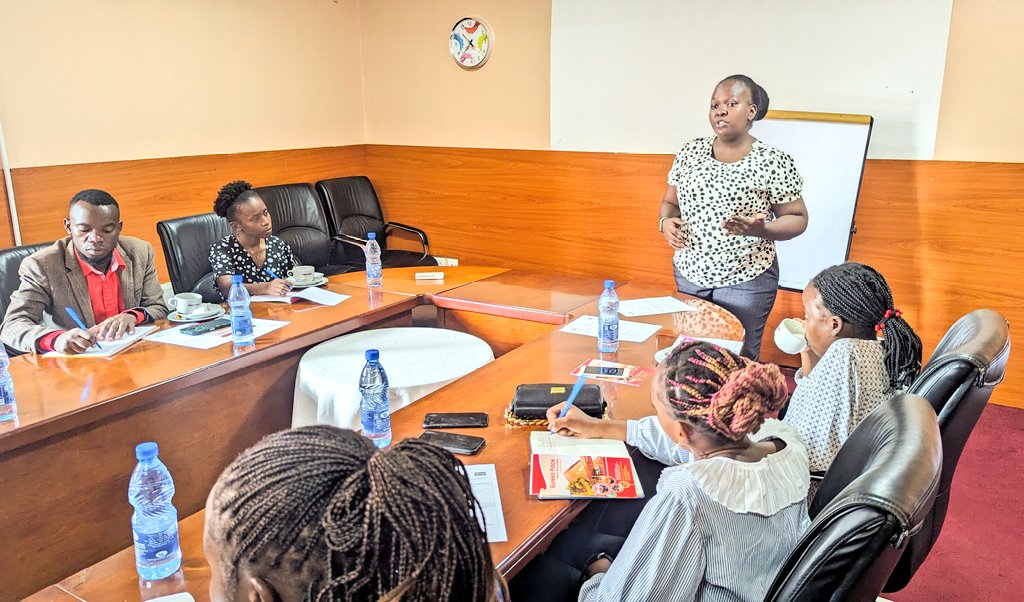
 Mama FM
Mama FM

 Mama FM
Mama FM
22 May 2024, 1:18 pm
By Byamukama Alozious
As the fight to end HIV/AIDS by 2030 continues, young women and adolescents living with HIV are urging the media to provide unbiased news about HIV, its causes, treatment, and effects to help reduce new infections. During a dialogue organised by the Uganda Network on Law, Ethics, and HIV/AIDS (UGANET) involving HIV activists, university students, and adolescents, concerns were raised about the media sometimes omitting crucial information about HIV, thereby putting community members at risk.
Jovia Mirembe, Advocacy and Strategic Litigation Officer at UGANET, highlighted that significant contributors to HIV, such as rape—especially involving children and young women—are often underreported. She noted that security agencies like the police frequently delay investigations even when victims are known to be infected with the virus. Mirembe expressed concern over the vulnerability of people living with disabilities, who are often targeted by perpetrators who exploit their inability to fight back, and urged the police to prioritize these cases to ensure justice for the victims.
Mirembe also emphasized the need for parents to provide accurate information regarding sexual and reproductive rights to their children. “If you don’t give that child information, they’ll look for it elsewhere, like on Google or other platforms, where they might encounter dangerous misinformation. It’s better for parents to provide this crucial information,” she said.
In Uganda, approximately 1.4 million people live with HIV, with women (860,000) and children (80,000) being disproportionately affected. About 11% of Ugandans living with HIV are children below the age of 15. The HIV prevalence among adults (15-49 years) is 5.4%, with a higher prevalence among females. New HIV infections among newborns have decreased by 77%, from 20,000 cases in 2010 to 5,900 cases in 2022. However, the HIV prevalence rate among adolescent girls and young women (AGYW) is four times higher than that among boys of the same age group, with two-thirds of all new HIV infections occurring in AGYW.

Tyobo Harriet Take, a university student at Makerere, highlighted the sexual challenges young women face. “Young men often pursue relationships for sex and resist using condoms or discussing contraception. This puts us at high risk of HIV,” she said. She stressed that young women have much more to offer beyond their bodies, such as ideas for development.
Kyakunzire Angel, Advocacy and Communications Associate at UGANET, urged the media and government to provide more factual information about HIV to communities. “We often think adolescent girls and young women are too young, but many are already sexually active. The government needs to end the excuses and address these realities,” she said. Angel called for comprehensive sexual and reproductive health and rights (SRHR) services for all girls and young women to address the ongoing issues of HIV and new infections.
Nantaba Shamirah, an HIV-positive adolescent and activist representing girls and young women living with HIV on the UN cohort globally, noted that while rural areas were previously thought to be the most affected, urban areas also have a high number of cases. She pointed out the prevalence of myths and misconceptions in urban settings, especially in slums like Katanga, and urged the media to take interest in addressing these issues.